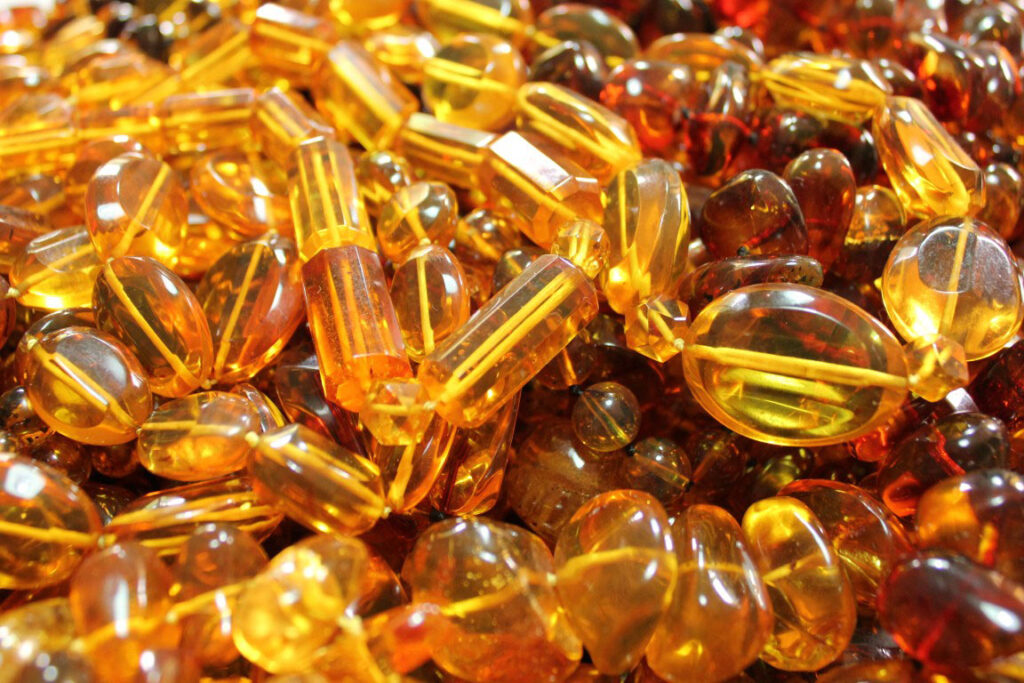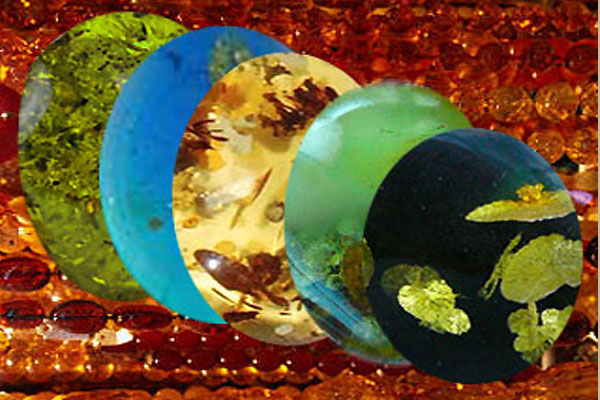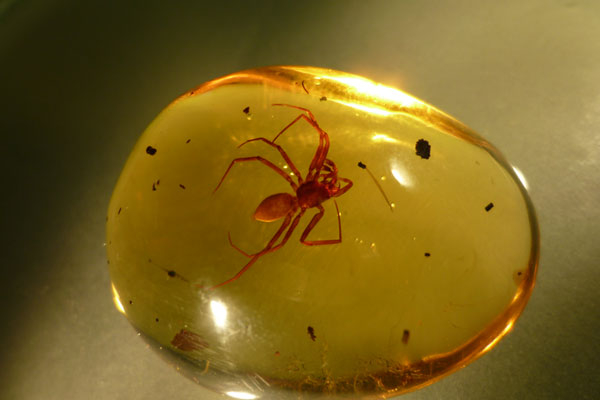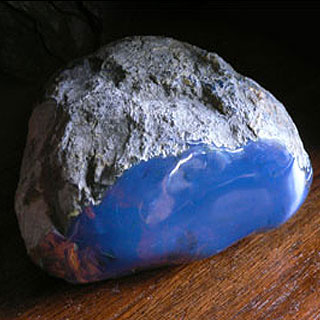Dominican Amber

Dominican Amber is not heat treated to reproduce the colors. It is not clarified and all inclusions are natural. The beauty of Dominican amber is not only skin deep. It is not only the looks, it is the preciousness and the knowledge that it was not human hand and industriousness that created the unique colors of natural amber. It was nature itself, it was storms, earthquakes, shifting continents, rising sea levels, pressure, heat and almost 40 million years that made Dominican amber what it is. This is what happened and this is what accounts for the blue, the green and other shades, besides the yellow and brown. Dominican amber is not heat treated to reproduce the colors. It is not clarified and all inclusions are natural. Mother Nature took care of it.

Autoclaves are working in many jewelery companies in Poland and abroad. Modern hydraulic presses, equipped with electronic temperature control heaters, and automatic hydraulic units replace Mother Nature. Some even mix copal (young amber) from other countries with the precious melted resin. And sell it as genuine Baltic amber.
Today, in view of the pressure of a world market based more on competitive prices than on truth, still more sophisticated methods are used. There is nothing against it, as long as it is declared as what it is. Unfortunately, most amber dealers and much less their customers know what is going on.

The amber occurrences in the Dominican Republic are generally from the same time period as Baltic amber, give or take 10 million years. But Dominican amber has much more fossil inclusions of plants and small animals and for this reason is highly appreciated by scientists and collectors alike.

Of all natural Dominican color variations, blue is the most precious, and is highly sought-after by collectors and high-end jewelers.